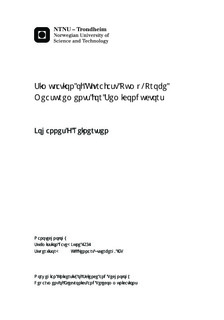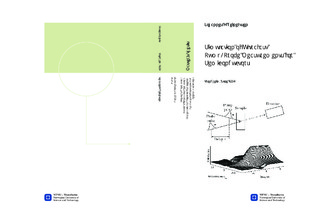| dc.contributor.advisor | Østerberg, Ulf Lennart | nb_NO |
| dc.contributor.author | Reinertsen, Johannes F | nb_NO |
| dc.date.accessioned | 2014-12-19T13:48:07Z | |
| dc.date.accessioned | 2015-12-22T11:47:30Z | |
| dc.date.available | 2014-12-19T13:48:07Z | |
| dc.date.available | 2015-12-22T11:47:30Z | |
| dc.date.created | 2012-11-10 | nb_NO |
| dc.date.issued | 2012 | nb_NO |
| dc.identifier | 566998 | nb_NO |
| dc.identifier.uri | http://hdl.handle.net/11250/2370617 | |
| dc.description.abstract | Ultrafast pump-probe spectroscopy is a powerful technique for measuring decay times for an optically excited system, e.g. a semiconductor, on the pico- to femtosecond time scale. We present both a classical approach and a quantum mechanical density matrix approach to simulate the pump-probe signal and compare the two. The main features of a typical pump-probe experiment are explained and the "coherent artifact" is accounted for. With a three-level density matrix approach we explain some experimental features from pump-probe studies of gallium arsenide (GaAs). A simple model for simulating pump-probe of semiconductors is introduced, and the relation to the density matrix approach is derived. We also show how the semiconductor model reproduces the main features of experimental data from pump-probe studies of GaAs. | nb_NO |
| dc.language | eng | nb_NO |
| dc.publisher | Institutt for elektronikk og telekommunikasjon | nb_NO |
| dc.subject | ntnudaim:7396 | no_NO |
| dc.title | Simulation of Ultrafast Pump-Probe Measurements for Semiconductors | nb_NO |
| dc.type | Master thesis | nb_NO |
| dc.source.pagenumber | 67 | nb_NO |
| dc.contributor.department | Norges teknisk-naturvitenskapelige universitet, Fakultet for informasjonsteknologi, matematikk og elektroteknikk, Institutt for elektronikk og telekommunikasjon | nb_NO |

